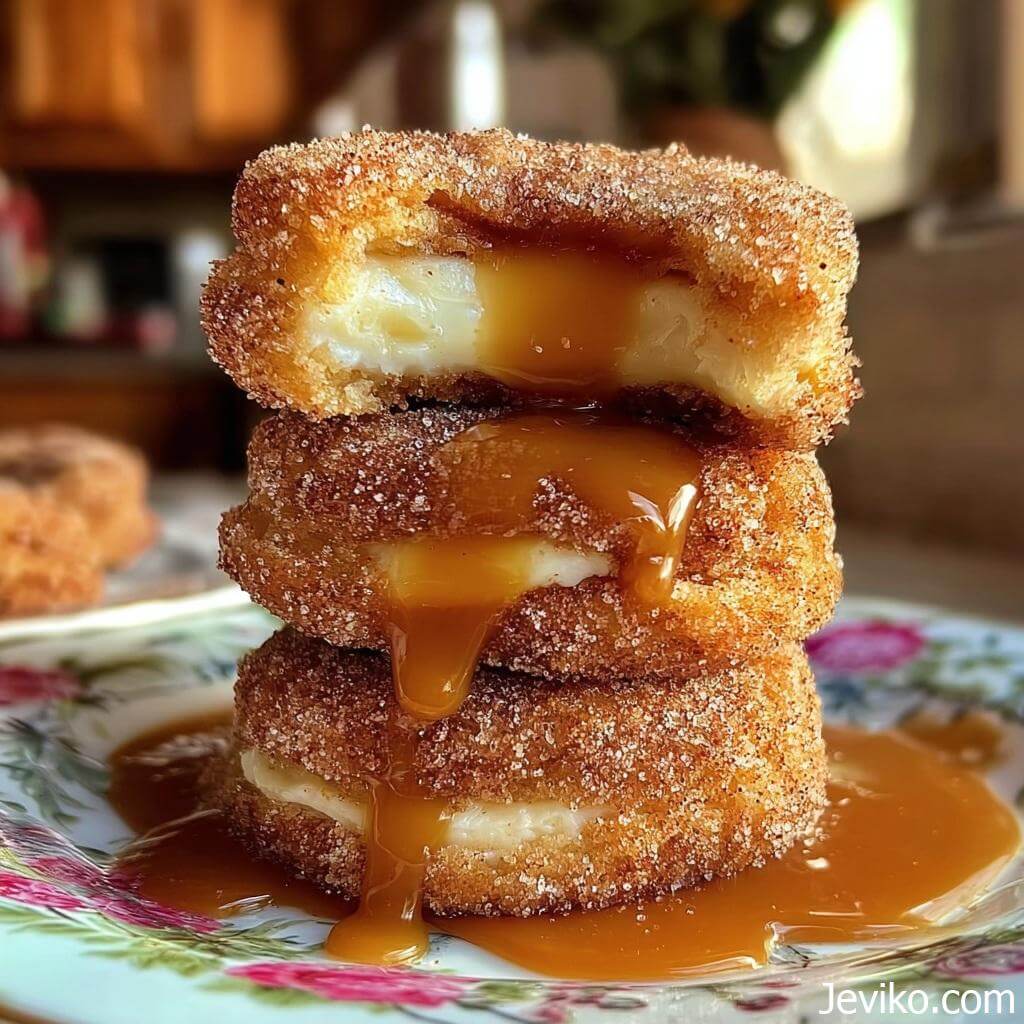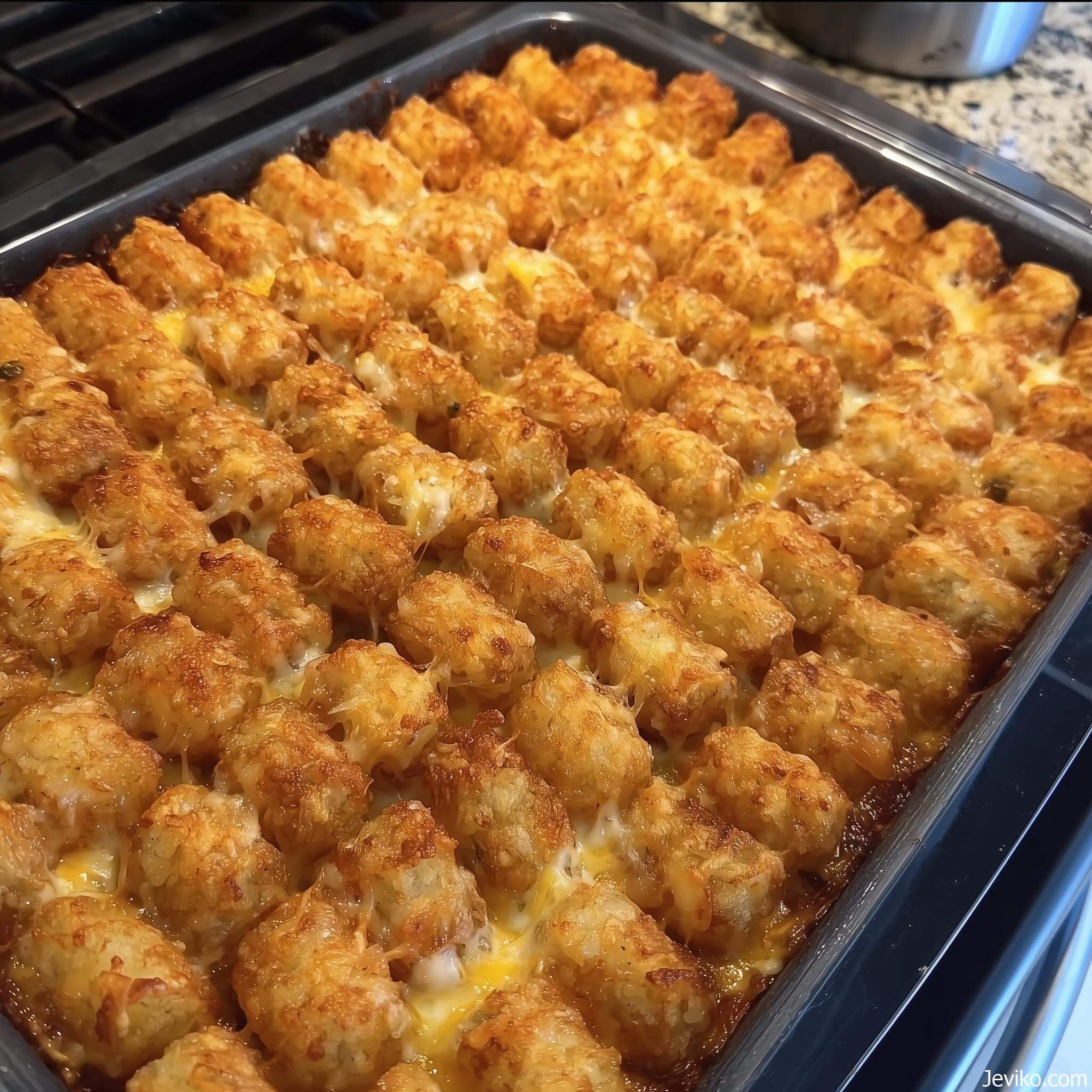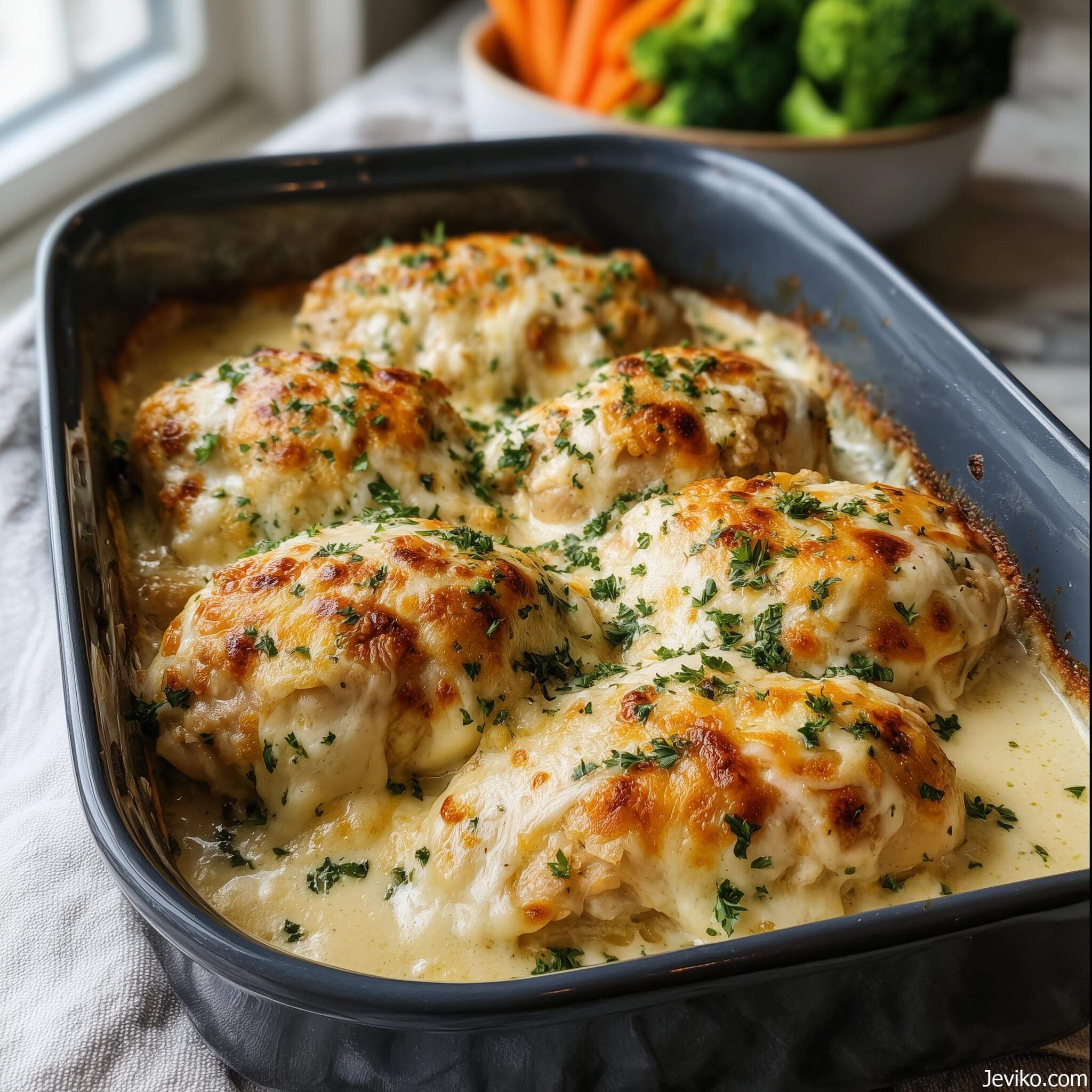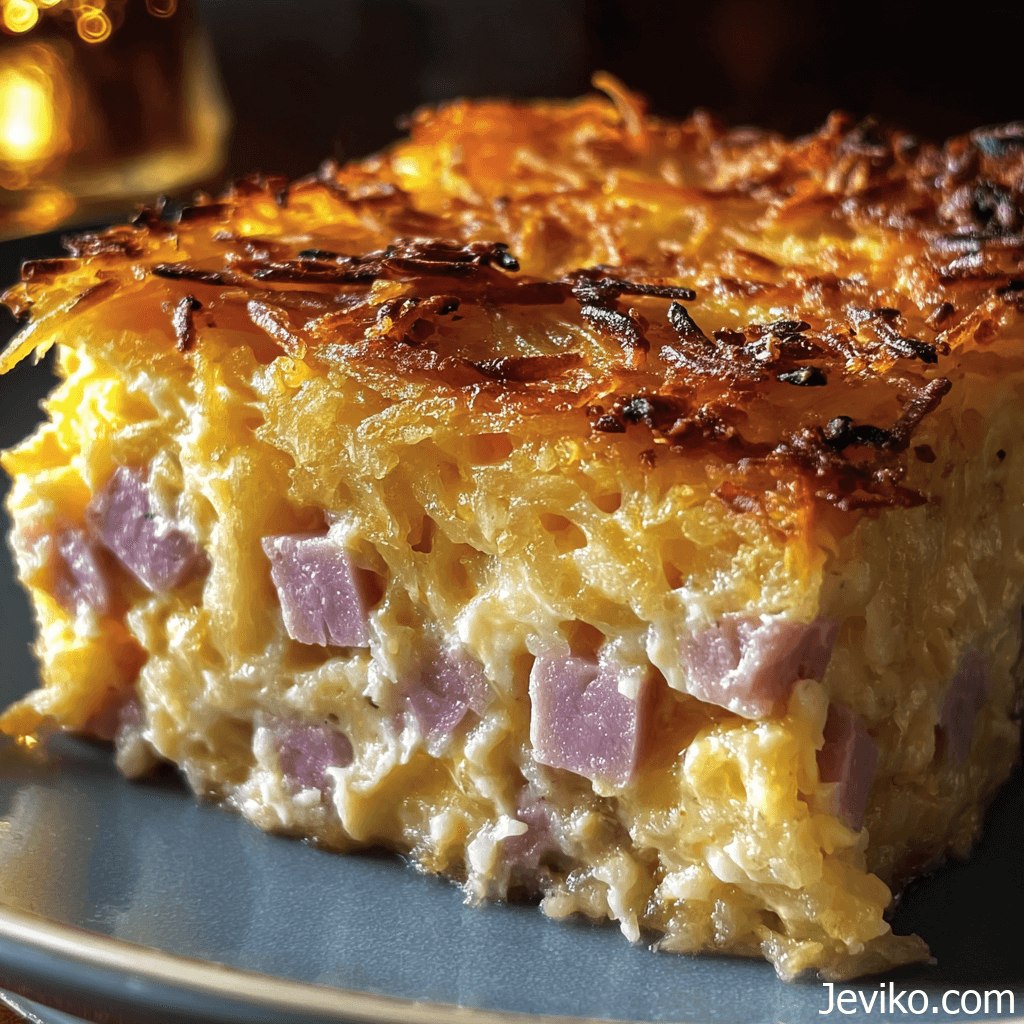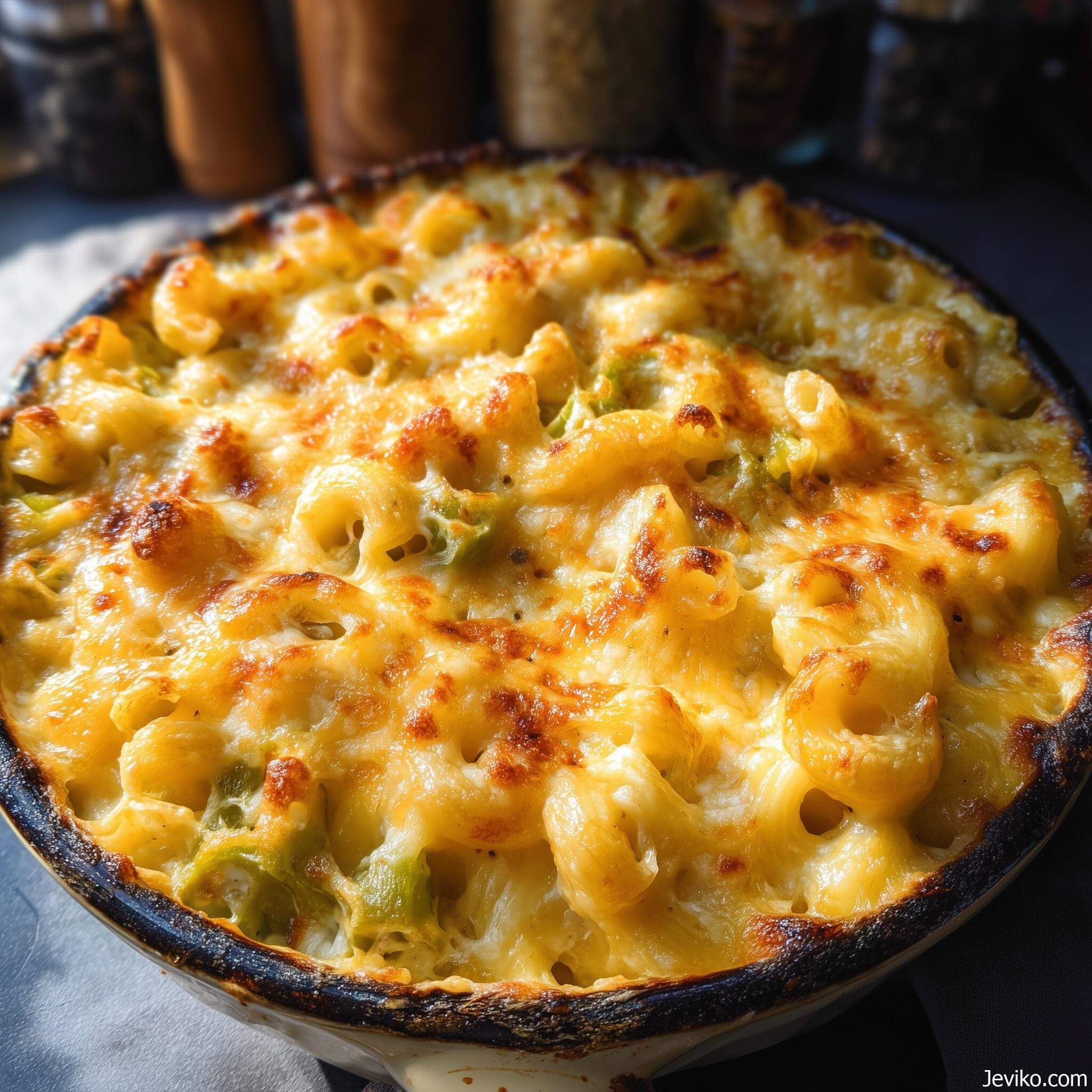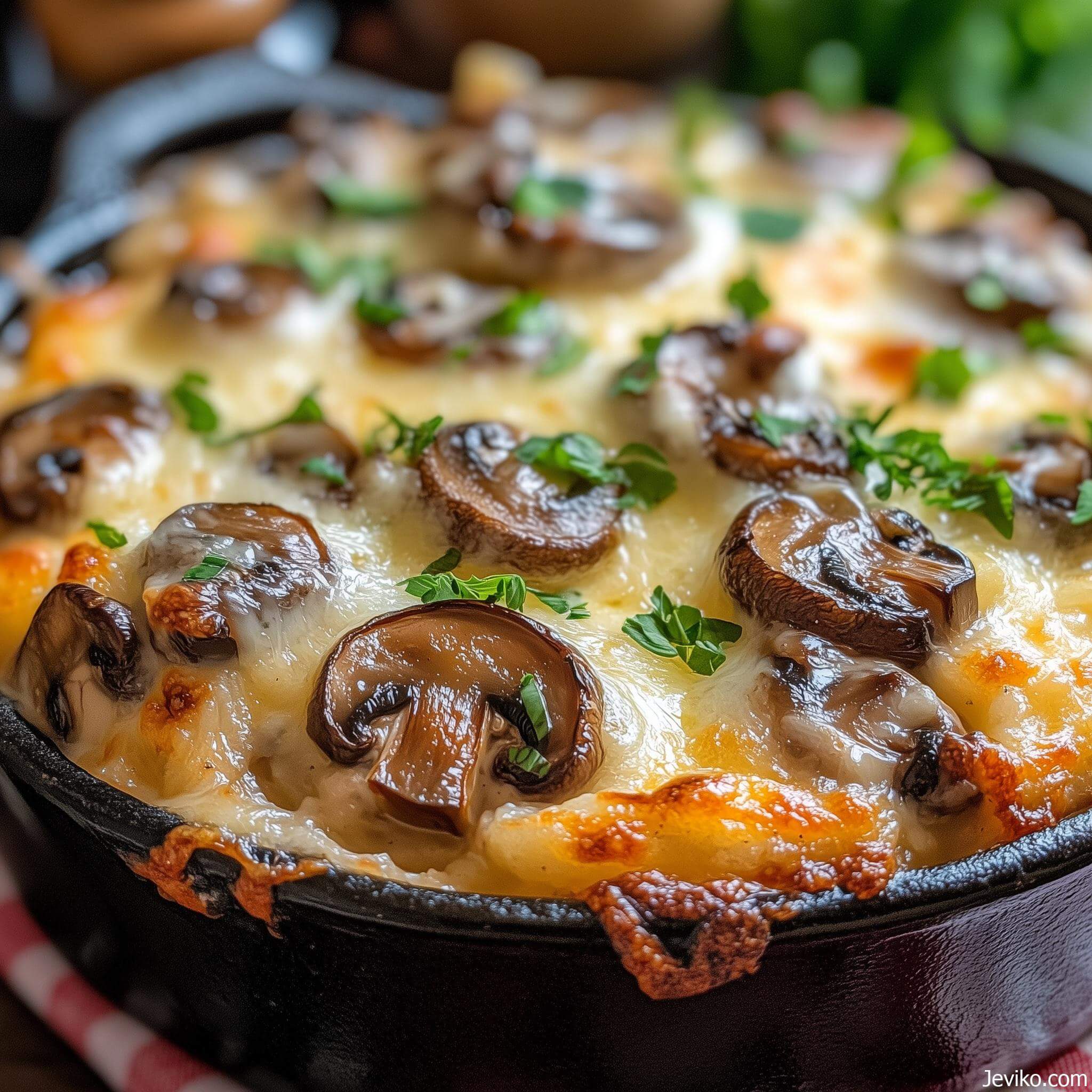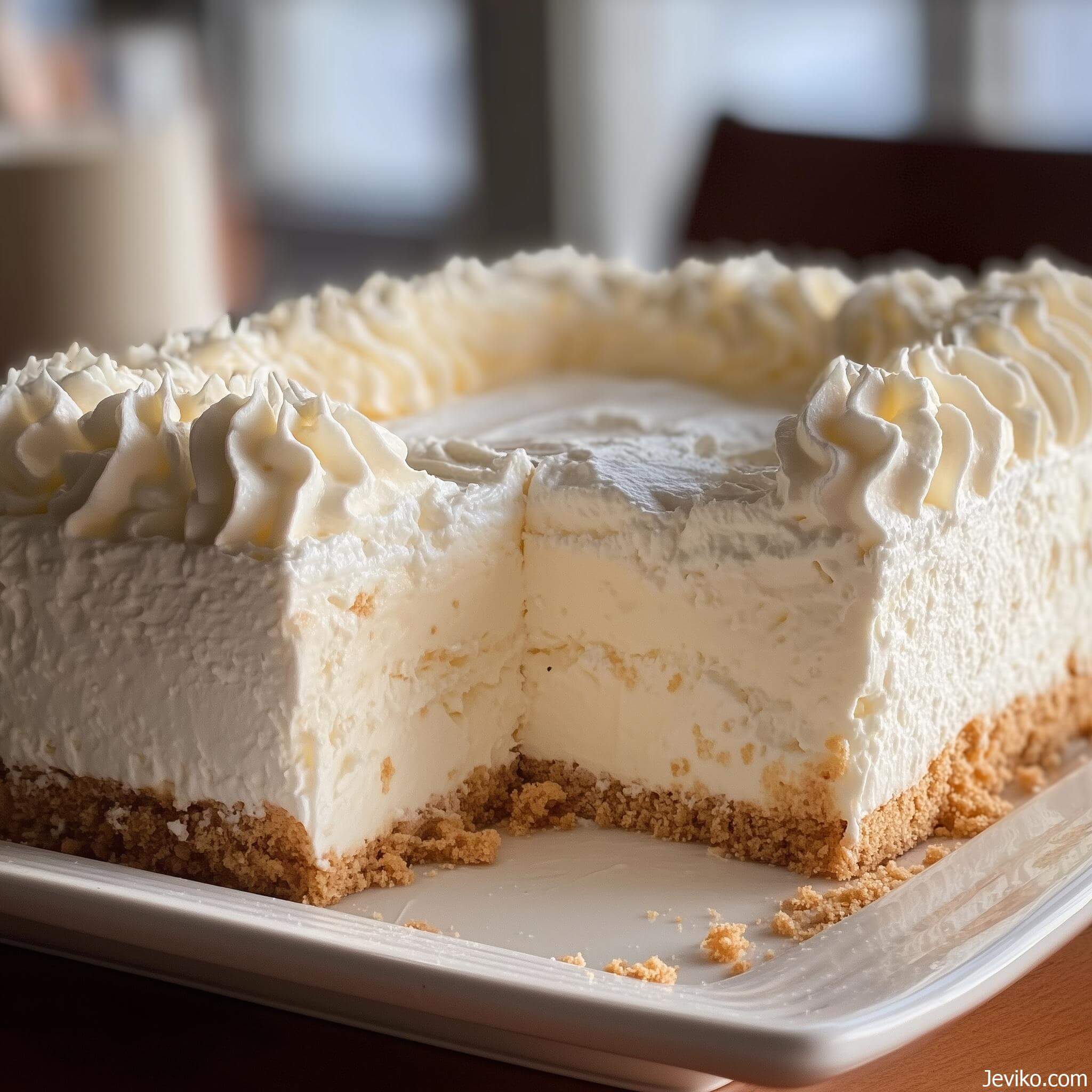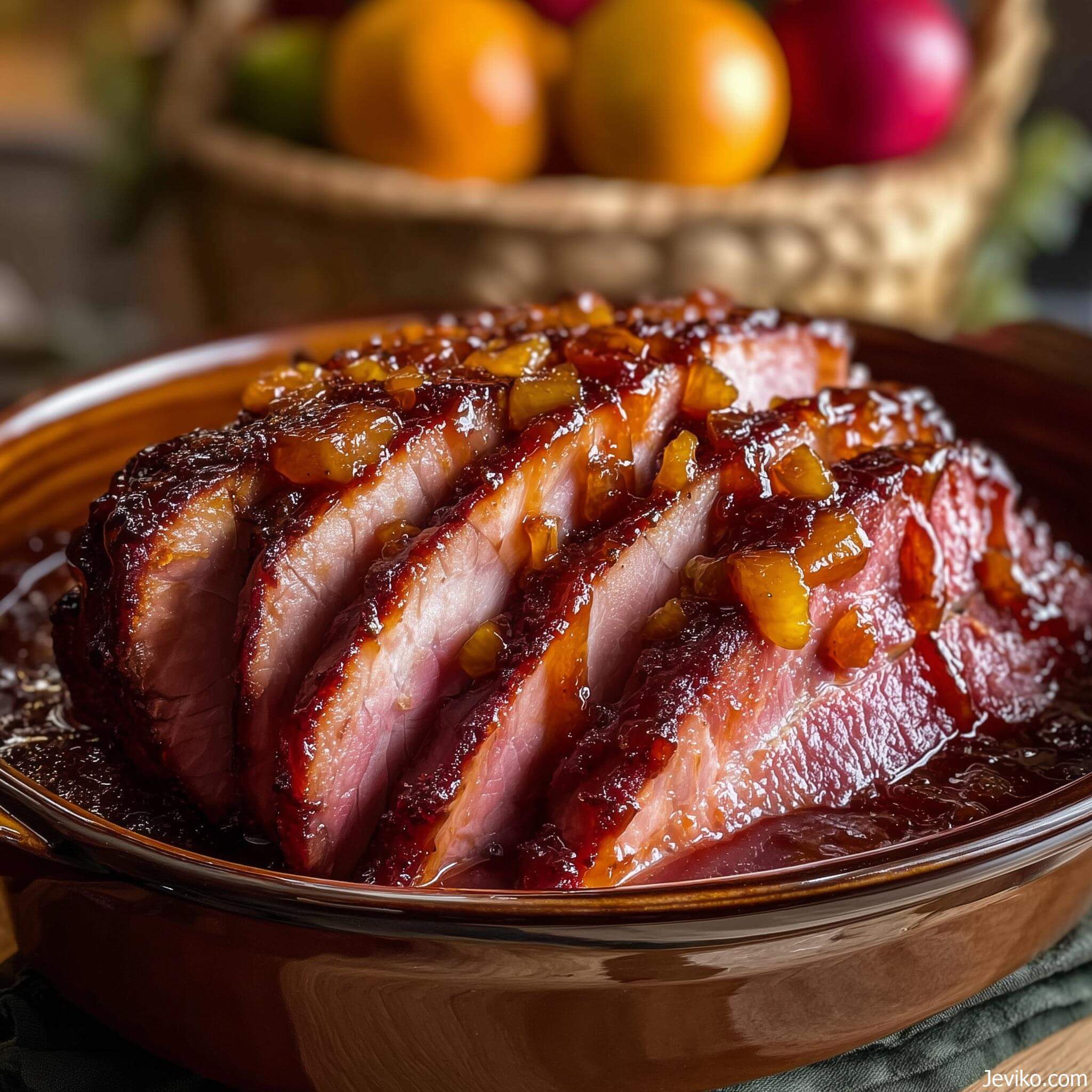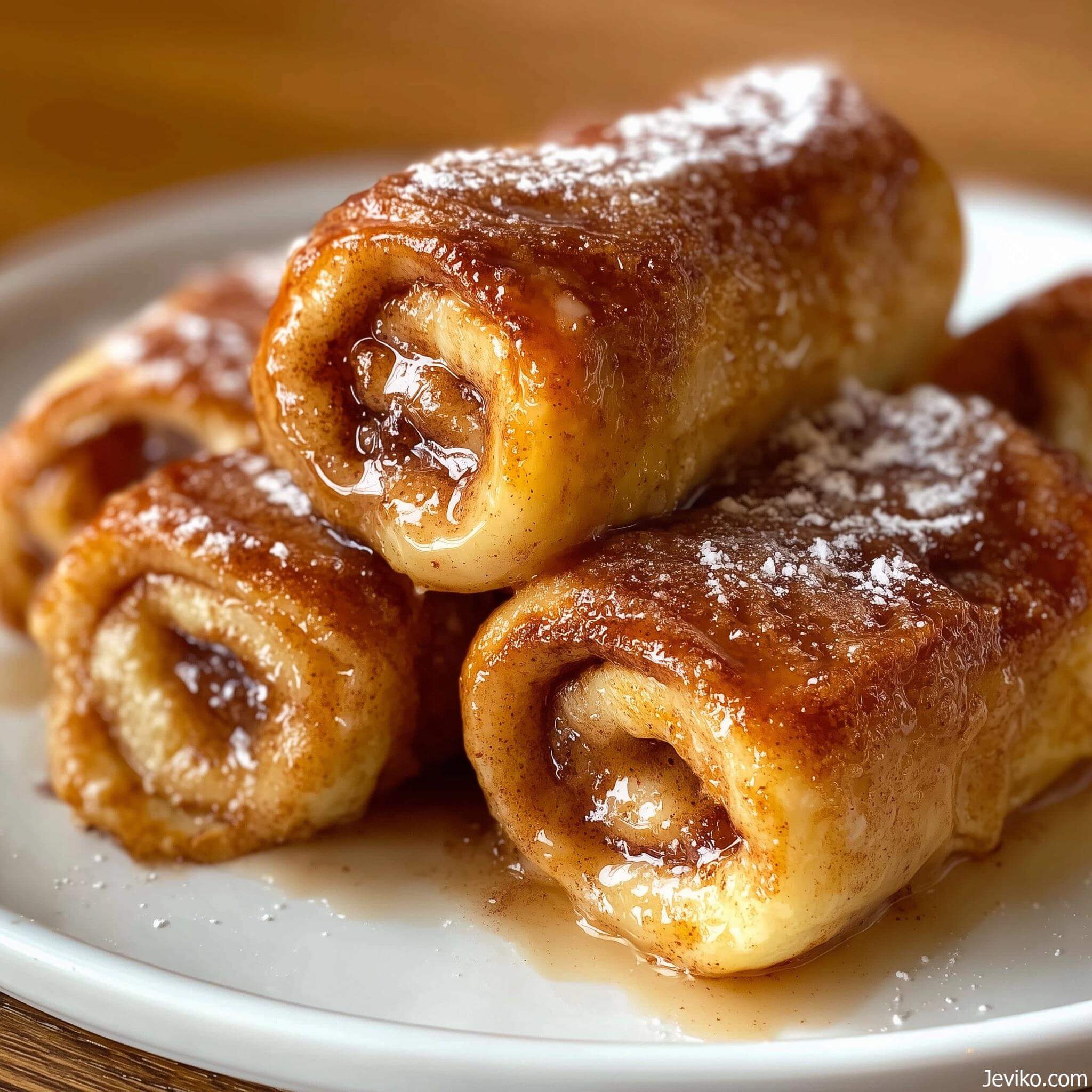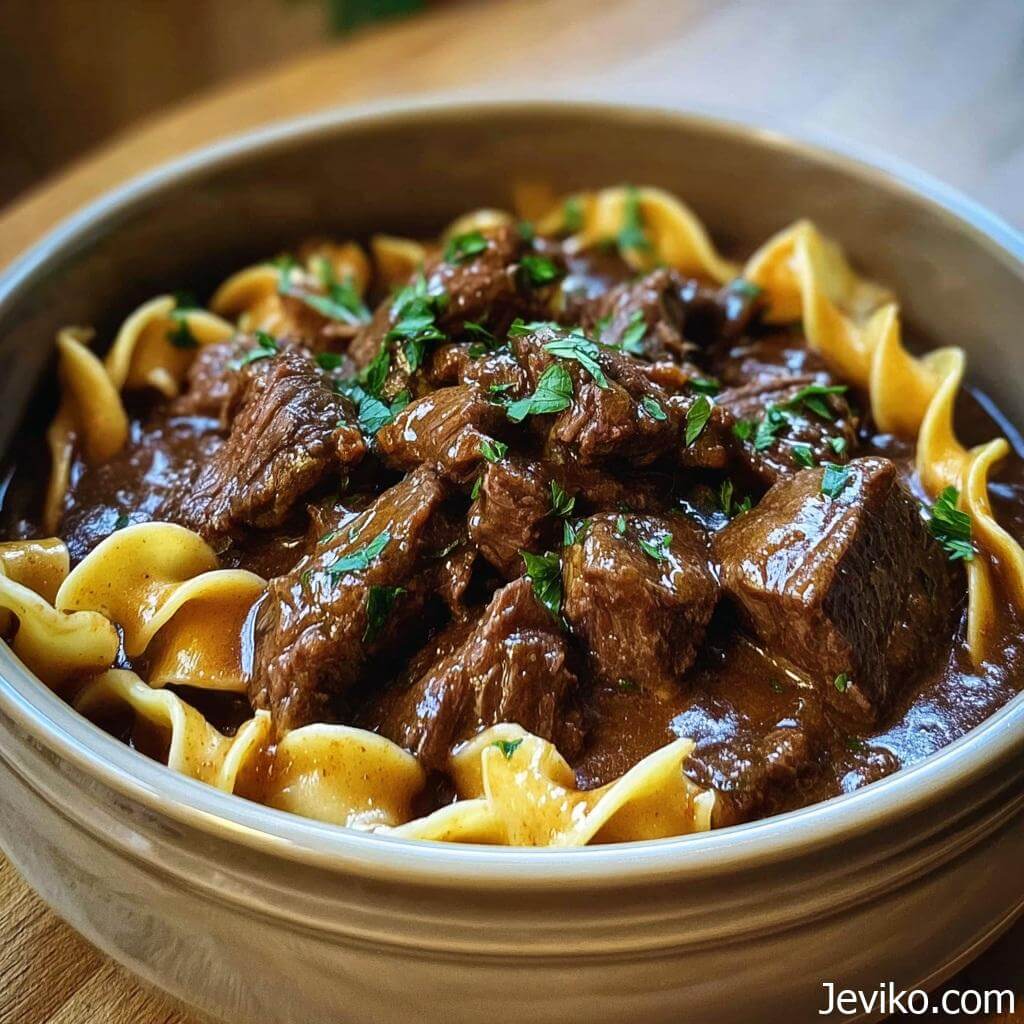
When the weather starts getting chilly and I’m looking for something that’ll warm everyone up from the inside out, this slow cooker beef and noodles recipe is exactly what I reach for. It’s one of those dishes that fills your house with the most incredible aroma all day long, and by dinnertime, everyone’s already gathered in the kitchen asking when it’ll be ready.
I picked up this recipe approach after watching way too many cooking videos during a particularly long winter a couple years back. You know how it is—you start with one recipe video and three hours later you’re deep into someone’s entire cooking channel. But this one actually stuck because it solved my biggest weekday dinner problem: wanting something hearty and satisfying without having to babysit it all day.
The beauty of chuck roast is how it transforms in the slow cooker. What starts as a tough, somewhat intimidating piece of meat becomes this incredibly tender, fall-apart beef that just melts in your mouth. And when you combine that with perfectly cooked egg noodles and a rich, savory gravy, you’ve got yourself a meal that feels like a warm hug on a plate.
Why This Recipe Works Every Time:
Chuck roast is really the star here, and there’s a good reason for that. This cut of meat has enough fat and connective tissue that it stays moist during the long, slow cooking process. Other cuts might dry out, but chuck roast just gets better and better the longer it cooks. That’s why I never worry about overcooking this dish—if anything, the extra time just makes it more tender.
The searing step at the beginning isn’t just for show. Taking those few extra minutes to get a nice brown crust on the roast before it goes into the slow cooker adds so much depth to the final dish. Those browned bits contribute to what becomes a really rich, flavorful gravy later on. I’ve made this recipe both ways—with and without searing—and trust me, it’s worth the extra effort.
What I love about slow cooker meals is how forgiving they are. If you need to leave the house for six hours instead of four, no problem. If you forget to add the noodles right at the ten-minute mark and they cook a little longer, they’re still going to be delicious. This kind of cooking is meant to work with your schedule, not against it.
Getting the Most Flavor:
The combination of worcestershire sauce, beef broth, and those dried herbs creates such a good base of flavor. I always use low-sodium beef broth because you can control the saltiness better that way. Sometimes store-bought broth can be really salty, and since everything’s going to be concentrating as it cooks, you don’t want to end up with an overly salty dish.
The garlic and onion might seem like small amounts, but they really do make a difference. I’ve experimented with adding more, but I found that these amounts give you that savory background flavor without overpowering the beef. The worcestershire sauce is what really ties everything together though—it adds this subtle tangy, umami richness that makes the whole dish taste more complex than it actually is.
One thing I learned after making this several times is that the quality of your beef broth really matters here. Since it’s one of the main flavor components, using a good quality broth or even homemade stock if you have it will definitely make a noticeable difference in the final result.
The Slow Cooking Process:
I typically start this recipe in the morning before work. The prep takes maybe fifteen minutes if you include the searing time, and then it’s just a matter of setting the slow cooker and walking away. The four to six hour range gives you some flexibility—four hours will give you tender beef, but six hours will give you that fall-apart texture that’s perfect for shredding.
When I check on it after the cooking time, I always look for that fork-tender stage where you can easily pull the beef apart. If it’s still a bit tough, I just give it another hour. Every slow cooker runs a little differently, so you might need to adjust the timing based on your specific model.
The bone removal step is pretty straightforward—there’s usually one large bone that comes out easily once the meat is cooked. Don’t worry about getting every little piece; just get the main bone out. As for the fat trimming, I remove the obvious large pieces but leave some of the smaller bits because they add flavor and richness to the final dish.
Adding the Noodles:
This is where timing becomes a little more important. You want to add the noodles when you’re about ready to eat because they cook quickly and can get mushy if they sit too long in the hot liquid. The cornstarch slurry is key here—it thickens up all those cooking juices into something more like a gravy that coats the noodles beautifully.
I use wide egg noodles for this recipe because they hold up well to the rich sauce and substantial pieces of beef. The wide shape gives you a good balance of noodle to sauce in every bite. You could use other pasta shapes if that’s what you have on hand, but I’d stick with something substantial like pappardelle or even rotini.
The amount of noodles is really up to you and your family’s preferences. Half a pound gives you a nice balance where it’s clearly beef and noodles, not noodles with some beef. If your family loves pasta, go ahead and use the whole pound. The recipe is flexible enough to handle either amount.
Extra Additions That Work:
Over the years, I’ve added different vegetables to this recipe depending on what I have around. Sliced mushrooms work really well—I add them right at the beginning with the onions and garlic. They soak up all those flavors and add a nice earthy element to the dish.
Frozen peas are another great addition, but I add those right at the very end, just stirring them in during the last five minutes when the noodles are almost done. They add a pop of color and a slight sweetness that balances out all the rich, savory flavors.
Some people like to add carrots or celery, which you can dice up and add at the beginning. They’ll get very soft during the long cooking process, but they add nutrition and flavor. I’ve also seen people add frozen mixed vegetables, which works fine if that’s easier for your family.
Making It Your Own:
The great thing about this recipe is how adaptable it is. If you prefer a thicker gravy, use a little more cornstarch. If you like more liquid, add some extra beef broth. Want more herbs? Fresh thyme instead of dried is fantastic if you have it—just use about three times the amount since fresh herbs are less concentrated.
I’ve made this with different cuts of beef too. Beef stew meat works well, though it won’t shred quite the same way. Short ribs are incredible if you want to make it extra special, though they’re obviously more expensive. Even a cheaper cut like bottom round roast will work, though it might need a little longer cooking time.
The key is understanding that this is comfort food at its core. It’s meant to be satisfying and homey, not fancy. Every family has their own version of beef and noodles, and this is just one approach that happens to work really well in the slow cooker.
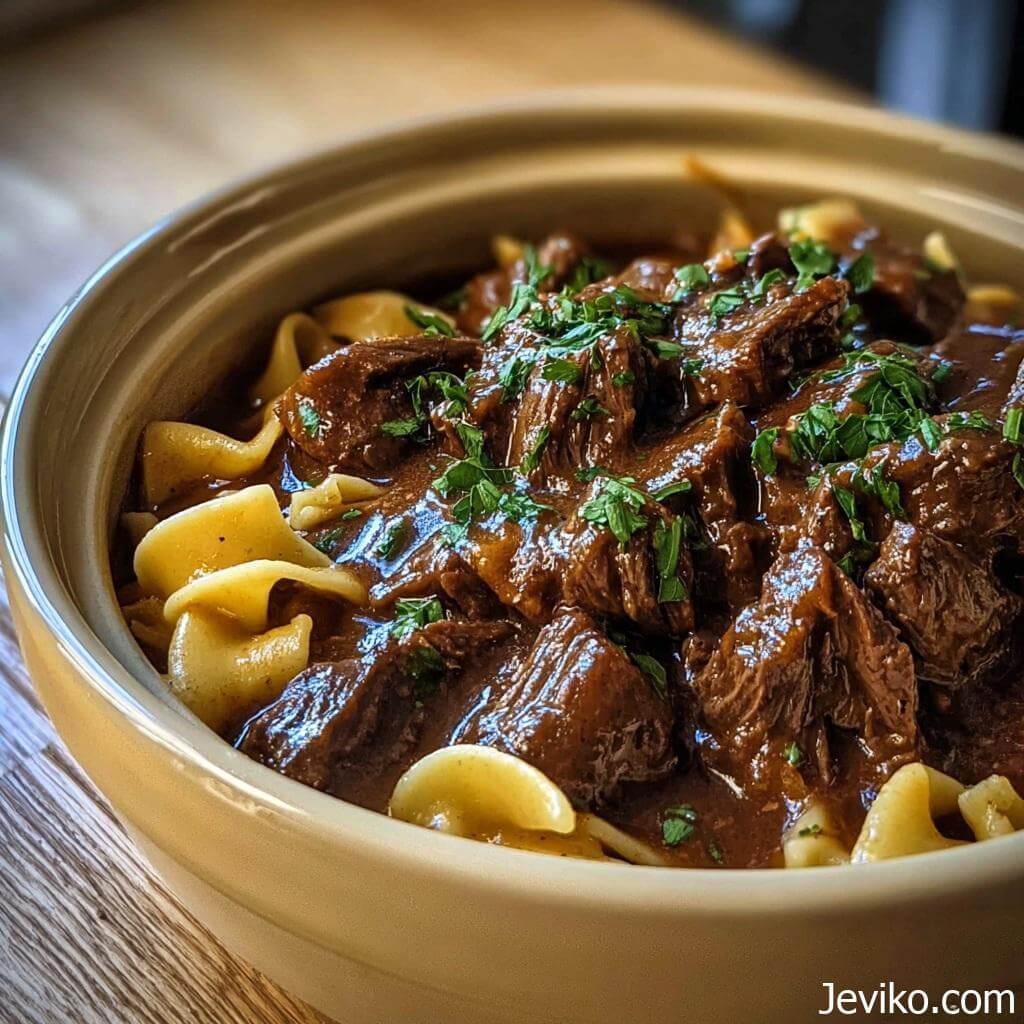
Serving and Storage:
This recipe makes enough to feed a family of four with some leftovers, or it can easily serve six people with some bread or a simple salad on the side. I like to serve it in bowls because it’s kind of between a stew and a pasta dish—hearty enough that you want to dig in with a spoon, but structured enough that a fork works too.
Leftovers keep well in the refrigerator for about three days. The noodles will continue to absorb liquid as it sits, so you might need to add a little beef broth or water when you reheat it. I usually reheat portions in the microwave, adding a splash of broth if it looks too thick.
You can freeze this, though the texture of the noodles changes a bit. If you’re planning to freeze some, I’d recommend freezing just the beef and gravy portion, then cooking fresh noodles when you’re ready to eat it. That way you get the best of both worlds—the convenience of having the main components ready and the perfect texture of freshly cooked noodles.
Why We Keep Coming Back to This Recipe:
What keeps this recipe in regular rotation at our house is how it hits all the right notes for a weeknight dinner. It’s substantial enough that everyone leaves the table satisfied, it’s budget-friendly since chuck roast is usually reasonably priced, and it requires minimal hands-on time during the day.
There’s also something really satisfying about opening the slow cooker at the end of the day and having this amazing smell hit you. It’s like getting a preview of how good dinner’s going to be. The kids always get excited when they smell this cooking because they know it means a cozy evening around the dinner table.
This is the kind of recipe that works for busy weeknights but also feels special enough for Sunday dinners when you want something comforting. It’s familiar food that doesn’t require any special ingredients or techniques, but it delivers on flavor in a way that makes everyone happy.
Ingredients:
- 2½ pounds chuck roast, bone-in
- ½ cup yellow onion, chopped
- 3 garlic cloves, minced
- 2 tablespoons worcestershire sauce
- 2 cups low-sodium beef broth
- 1 teaspoon dried thyme
- 1 teaspoon dried oregano
- Salt and black pepper, to taste
- 1 tablespoon olive oil
- 2 tablespoons cornstarch
- 2 tablespoons cold water
- 8-16 ounces wide egg noodles
- Additional beef broth or water as needed
Directions:
- Season the chuck roast generously on all sides with salt and pepper.
- Heat olive oil in a large cast iron skillet or heavy-bottomed pan over medium-high heat. Sear the roast for 3-4 minutes on each side until nicely browned.
- Transfer the seared roast to your slow cooker. Add the chopped onion, minced garlic, worcestershire sauce, beef broth, thyme, and oregano.
- Cover and cook on high for 4-6 hours, or until the meat is fork-tender and easily shreds.
- Remove the roast from the slow cooker. Discard the bone and trim away any large pieces of fat. Using two forks, shred the beef into bite-sized pieces.
- In a small bowl, whisk together the cornstarch and cold water until smooth. Stir this mixture into the liquid remaining in the slow cooker.
- Return the shredded beef to the slow cooker and add the egg noodles. If the mixture looks too thick, add additional beef broth or water as needed to ensure the noodles have enough liquid to cook properly.
- Cover and cook on high for an additional 10-15 minutes, or until the noodles are tender.
- Taste and adjust seasoning with salt and pepper as needed. Serve immediately in bowls.
Notes:
- For extra vegetables, add sliced mushrooms with the onions at the beginning, or stir in frozen peas during the last 5 minutes of cooking.
- The amount of noodles can be adjusted based on your family’s preferences—use less for a more beef-forward dish, or the full pound for extra heartiness.
- Leftovers keep for 3 days in the refrigerator and can be reheated with a splash of additional broth if needed.

